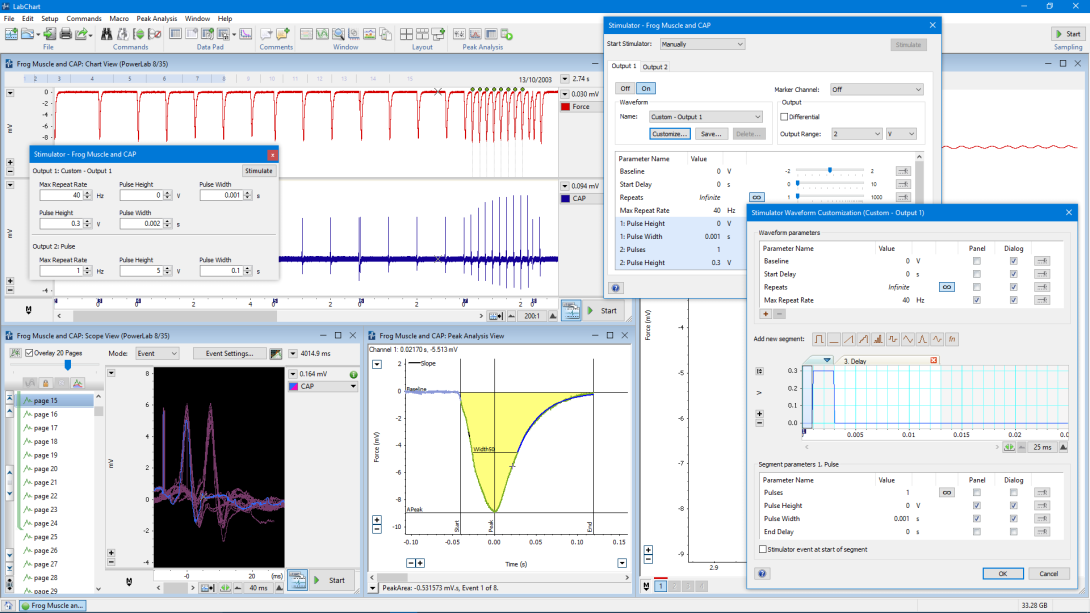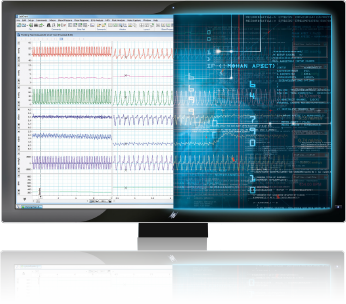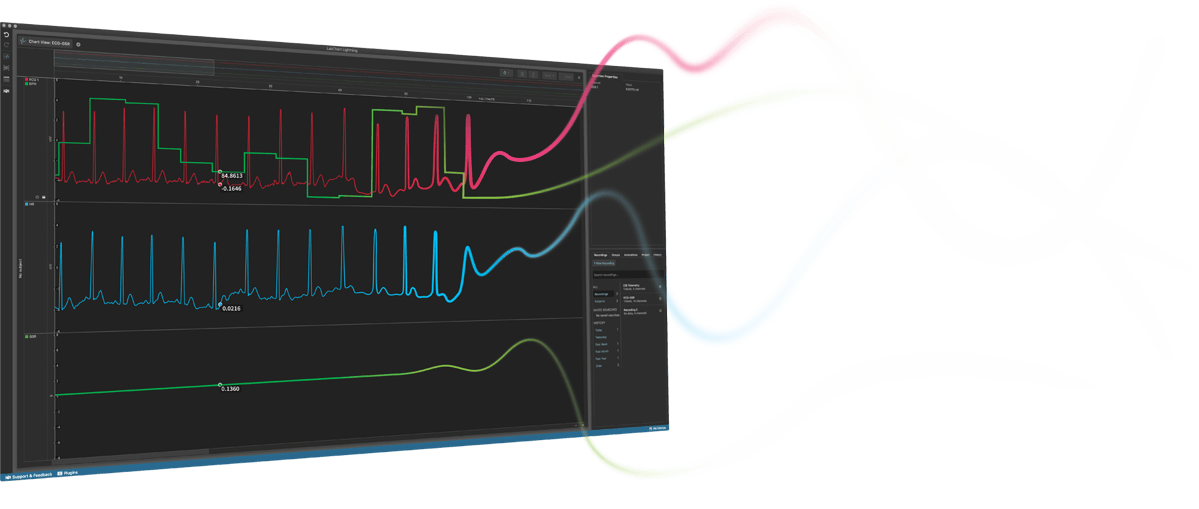Electrical stimulation has been used in various in vivo and in vitro physiological studies and applications, which include studies on muscle contraction and relaxation, muscle activation or thresholds, nerve conduction or propagation, and neural networks. Variations of electrical stimulation amplitude, duration, frequency and patterns have been used on a range of tissues and organs from various species have been studied including muscle, brain, heart, and the nervous system.
In isolated tissue-organ bath studies, electrical stimulation may be directly applied or indirectly applied via field stimulation to induce isometric or isotonic contractions in skeletal, smooth and cardiac muscle. Sufficient current passing through the tissue sample needs to be ensured, which depends on the tissue sample resistance. Skeletal muscle contraction studies may also include summation and/or tetanisation protocols. In whole intact heart experiments, electrical stimulation can be used for pacing.
Noninvasively, electrical stimulation can also be used to examine the resultant force and recruitment of skeletal muscles and its application is also known as electrical muscle stimulation (EMS).
Neuromuscular relationships can also be studied, which allows the study of nerve conduction in terms of timing and velocity. Furthermore, invasive studies of action potential propagation with the use of electrical stimulation can also be performed, which can also allow identifying and mapping of neural networks.
The LabChart Lightning Stimulator: How to set up a new stimulator protocol >>





